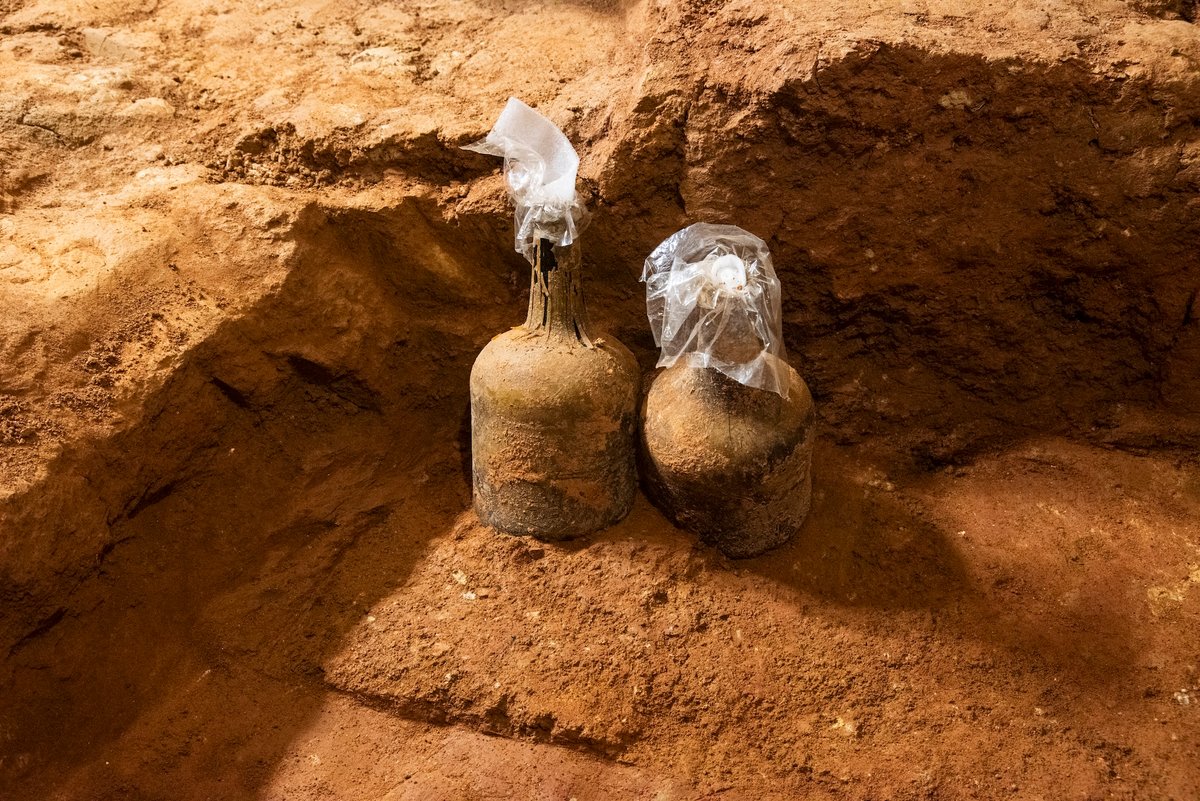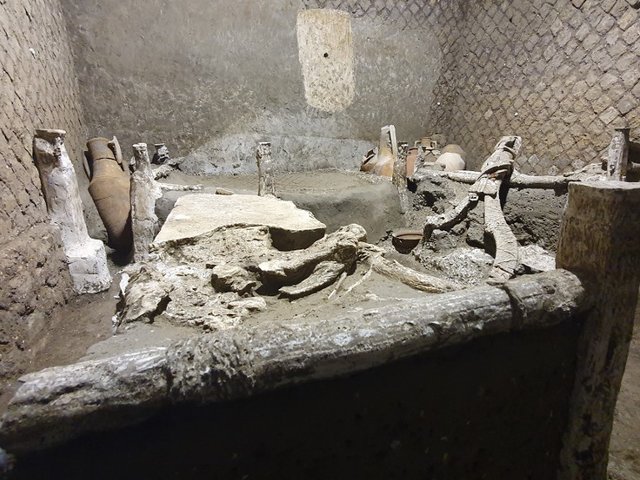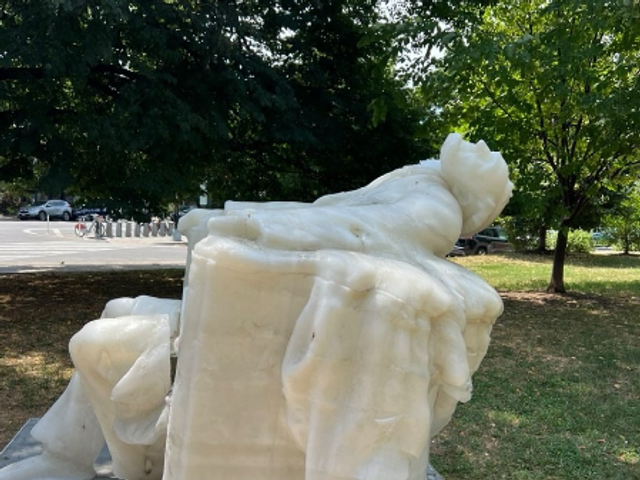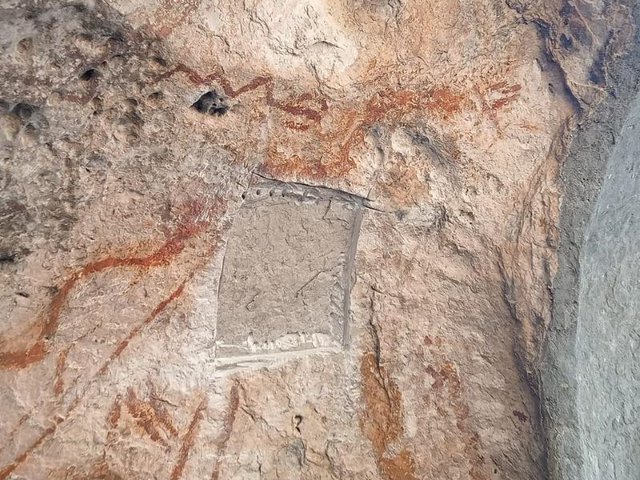Archaeologists have discovered two 250-year-old glass bottles full of cherries at Mount Vernon—the historic landmark and first US president George Washington’s former plantation residence in Alexandria, Virginia (just south of Washington, DC).
The bottles were found under a brick floor from the 1770s during an ongoing, $40m renovation of the mansion. Manufactured in Europe and made of dark-green glass in shapes popular in the 1740s and 50s, they were standing upright and sealed—perhaps forgotten in a below-ground storage space when the floor was built over them. The bottles were opened at Mount Vernon’s archaeology lab in order to “help stabilise the glass”, according to a press release, and the cherries, suspended in liquid inside and complete with stems and pits, “still bore the characteristic scent of cherry blossoms”.
In a statement, Mount Vernon’s principal archaeologist, Jason Boroughs, called this a “significant archaeological find. Not only did we recover intact, sealed bottles, but they contained organic material that can provide us with valuable insight and perspective into 18th-century lives at Mount Vernon. These bottles have the potential to enrich the historic narrative, and we’re excited to have the contents analysed so we can share this discovery with fellow researchers and the visiting public.”
Initially, archaeologists thought the bottles might contain Cherry Bounce, a colonial-era drink made with brandy, cherries, sugar and spices that the Washingtons enjoyed, according to The Washington Post’s Michael E. Ruane. But researchers later decided these were likely just cherries stored in bottles for later use—the liquid could have been ground water that seeped in after the corks broke down.
“There are 18th-century accounts that talk about proper ways of preserving fruits and vegetables,” Boroughs told the Post. “One of the most common, especially for berries, is to dry them as much as possible … put them in a dry bottle, cork it … and then bury them.” He added that the cherries were likely harvested, bottled and stored (for consumption in the main house) by at least one of the hundreds of enslaved people who toiled at the plantation.
The bottles will be conserved starting next month, and their contents shipped to a lab for analysis. They will go on display at Mount Vernon thereafter, as excavation continues—with a potential for more such bottles of fruit to be found. The renovation project is scheduled for completion in 2026, the 250th anniversary of the creation of the United States.






